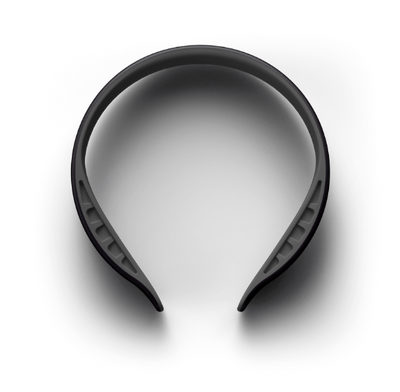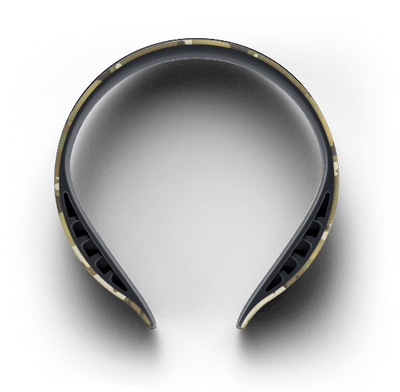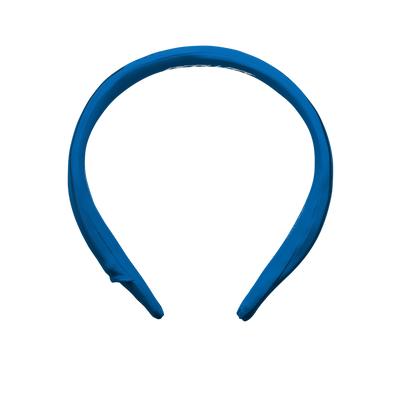The 2005 diagnosis of Chronic Traumatic Encephalopathy (CTE) in former Pittsburgh Steelers’ offensive lineman Mike Webster was a watershed moment that brought the disease to the forefront of public awareness. Webster, who was exposed to many thousands of repetitive head impacts over his 16-year NFL career, was the first NFL player to be diagnosed with CTE. The story of his CTE-diagnosis and its impact on the NFL was chronicled in the 2015 movie, Concussion.
What started as a condition commonly described as “punch drunk,” and associated only with boxers, is now better understood as a disease that can affect anyone exposed to repetitive head trauma and has become a growing concern for athletes across a wide range of contact sports. In July 2022, strong evidence of a link between repetitive head impacts from contact sports and CTE causation was provided, and in August 2023, an additional study revealed a significant link to CTE from youth participating in contact sports. The disease has also been diagnosed in soldiers who have a history of repeated exposure to blast waves. According to published research, diagnosis rates among those with a history of repeated head impacts is 30%.
The very public stories of former professional athletes diagnosed with CTE after their deaths are tragic and all too similar – long-term exposure to repeated head impacts, followed by debilitating symptoms of depression, substance abuse and suicidal thoughts, and ultimately culminating in premature death. While many of these initial stories were focused on NFL players, today there are a growing number of stories about athletes with a long history of repetitive brain impacts coming to light from professional sports leagues in soccer, hockey, rugby and even sports like bobsledding, where athletes are exposed to continuous head movements.
As CTE is more widely covered in the media, it has increasingly become a cause for concern; especially for parents of young athletes exposed to frequent and repetitive head impacts. For those concerned about CTE, assess the risks based on the facts. Here are some important things to know about CTE:
- CTE definition: CTE is a progressive brain condition that's thought to be caused by repeated blows to the head and repeated episodes of concussion.
- Those at most risk of CTE: Those that compete in contact sports and military veterans as a result of blasts in combat.
- CTE diagnosis: Diagnosis is only possible during an autopsy when the brain can be examined for evidence of an accumulation of Tau Proteins. CTE can’t be definitively diagnosed in living humans.
- CTE symptoms: The most common symptoms are behavioral and mood problems. Signs of CTE are similar to those of other neurological diseases such as Alzheimer's disease.
- CTE treatments: CTE is difficult to treat because it can only be diagnosed after death. Like other degenerative brain diseases like dementia, those with CTE-related symptoms may receive medication and non-medication related treatments. See a doctor if you suspect CTE-related symptoms.
- The link between CTE and concussions: CTE is not the same as a concussion, which is a diagnosed brain injury. CTE is a disease that appears to be caused by concussions or repeated hits to the head. This is not to say all concussions or brain injuries will result in CTE.
- Precautions: Because CTE is likely caused by repetitive head impacts where the brain moves or “sloshes” inside the head, there are significant limitations to what externally focused equipment like helmets can provide. There has been increasing focus on limiting exposure to repetitive head impacts in sports through behavior-based modifications like rules changes and new practice protocols. A new piece of protective equipment, the Q-Collar, has shown to aid in protecting the brain from repetitive head impacts.
While we’ve learned a lot more about CTE and its impact on athletes and soldiers in recent years, it’s clear this disease warrants much more research. For more information on CTE, you can find additional resources below.
- The Mayo Clinic: An Overview of Chronic Traumatic Encephalopathy
- The Boston University School of Medicine CTE Center: Frequently Asked Questions on CTE








